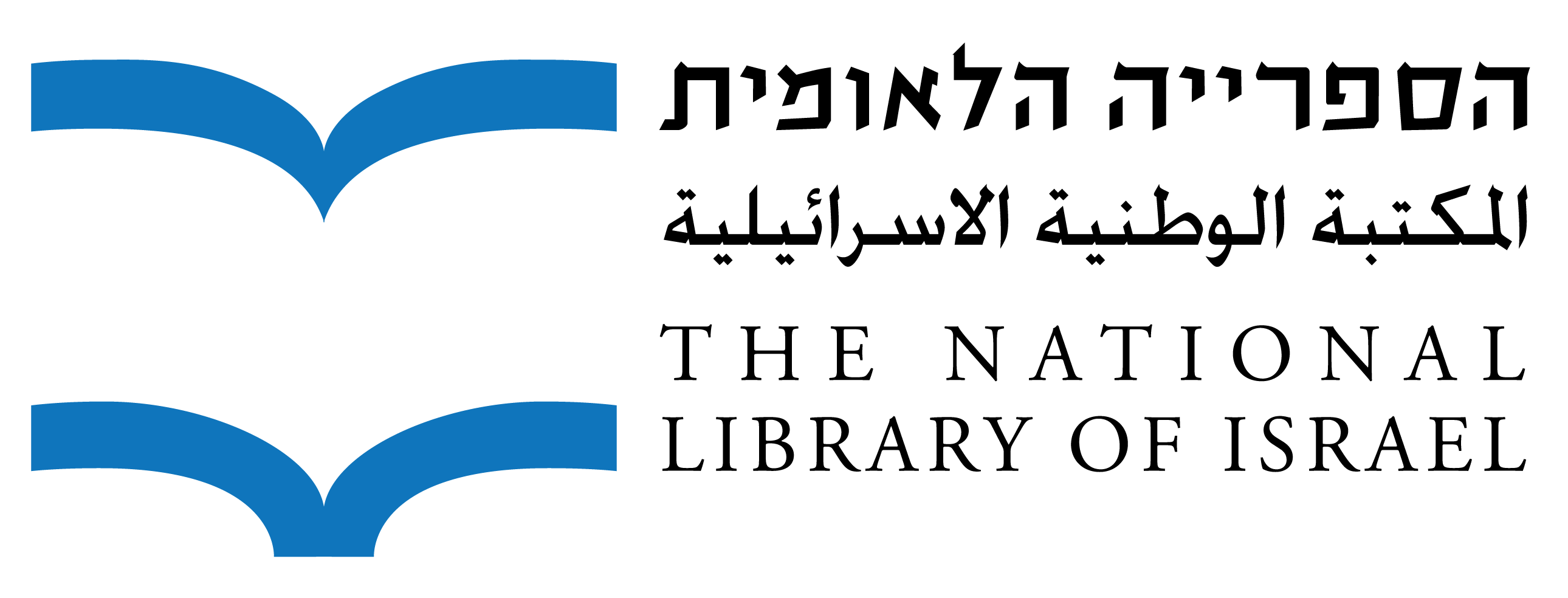Beyond the Text
Poetry and the Visual Arts in Else Lasker-Schüler
Lina Barouch
»Already as a child I composed a lot of poetry, but then I wanted to write everything down fiercely with a paint brush.« (Else Lasker-Schüler to Richard Dehmel, 9 February 1903)
Apparently Else Lasker-Schüler always perceived herself as an artist to whom writing poetry and drawing are one and the same act. While drawing had taken the backseat for some years as her poetry was better received, from 1906 her private letters were increasingly accompanied by pictorial and graphic characters as adornment, rebus, or consecration. Lasker-Schüler created her works in the context of the contemporary fascination with Ancient Egyptian art and especially with hieroglyphs, which maintained their allure beyond their decipherment in the nineteenth century. This mystical, covert pictographic script inspired the vicinity of text, picture, and symbol in Lasker-Schüler’s oeuvre and was part and parcel of the stylistic form of her letters before she presented her drawings to the public. Moreover, she used the same artistic media for letters and drawings (instruments, paper, cardboard), as her writing process reveals through corrections and revisions, often undertaken by drawing, cutting, and gluing.
Sources
Ricarda Dick, »Else Lasker-Schüler als Künstlerin«, in Else Lasker-Schüler. Die Bilder, edited by Ricarda Dick (Berlin: Jüdischer Verlag, 2010).
Else Lasker-Schüler, Werke und Briefe. Kritische Ausgabe (Frankfurt a.M.: Jüdischer Verlag, 1996-2010), edited by Norbert Oellers, Heinz Rölleke and Itta Shedletzky, Vol 6: Briefe 1893-1913 (2003), edited by Ulrike Marquardt.

